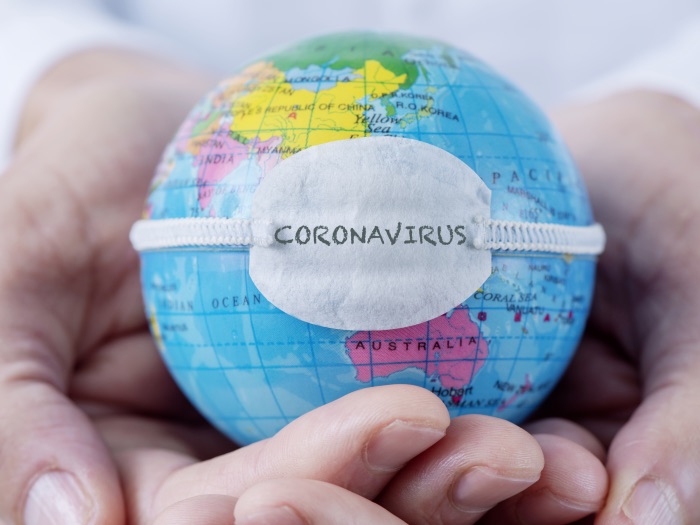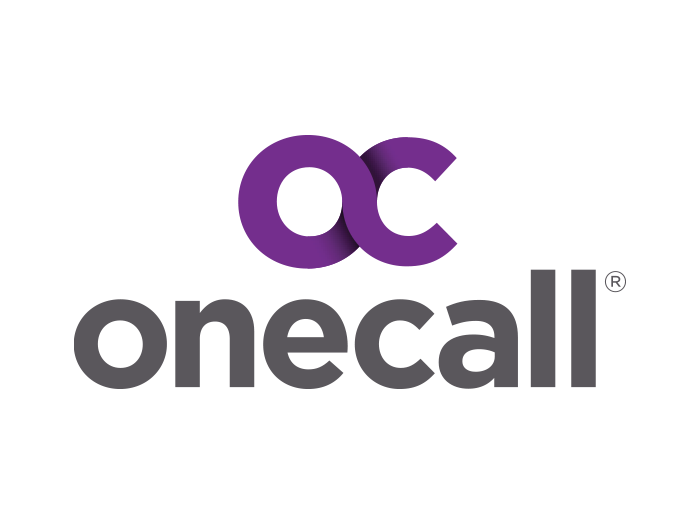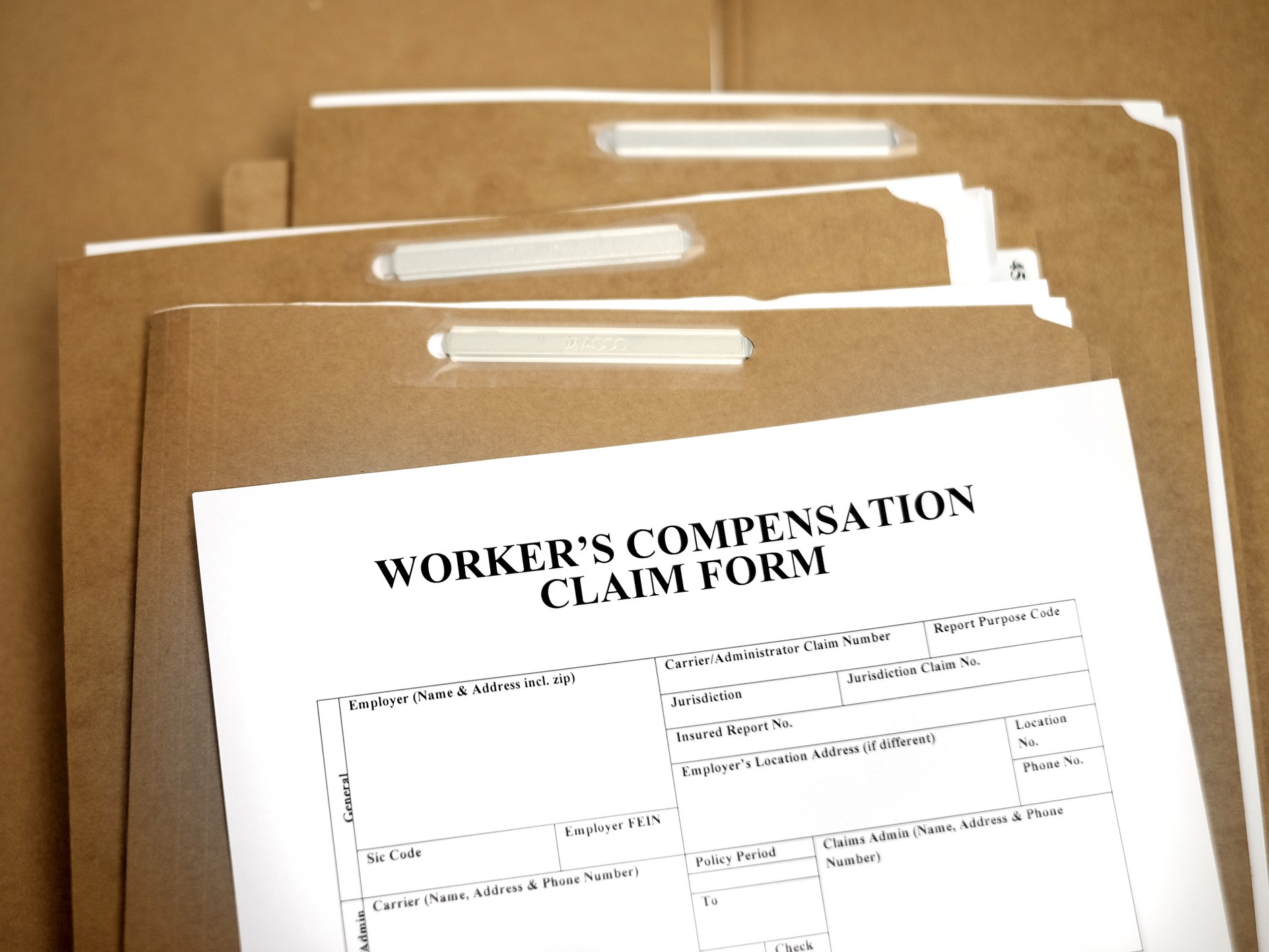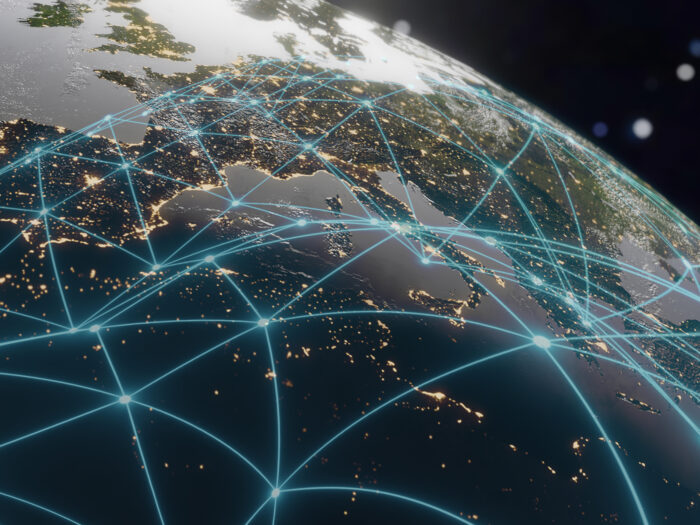Has Coronavirus Altered Our Economic Future? Two Possible Scenarios from McKinsey

It’s no secret that coronavirus is hitting the global economy pretty hard.
The U.S. stock market has been erratic, global supply chains are being disrupted and prolonged periods of quarantine and social distancing are creating a decline in consumer spending.
As the virus continues, so too will the economic impacts and while the disease may seem unpredictable, experts are trying to look into the future to see how it may affect the global economy in the long haul.
“Whether you think of it as [people’s] livelihoods, whether you think of it as financial, economic impact, [or] whether it’s losses associated with a corporation, I think that [economic impact is] one of the most profound elements of contemporary outbreaks,” said Nathan Wolfe founder and chairman of Metabiota, an analytics firm that specializes in modeling pandemics, epidemics, and public health crises. Wolfe spoke in a recent webinar on COVID-19 from Marsh.
“This may be the most costly epidemic that we’ve ever seen when it winds itself out.”
A recent McKinsey report details two possible scenarios, delayed recovery and prolonged contraction, for how coronavirus could play out and how each scenario would affect the global economy.
Delayed Recovery
In a delayed recovery scenario, coronavirus would continue to spread rapidly through Europe and the United States through mid-April. Cases are expected to peak by the end of April.
China and other East Asian countries, where cases of the virus are already dropping, are expected to have COVID-19 controlled by late Q1 or early Q2, according to the report. Southeast and South Asia, Latin America and Africa are likely to be spared by the virus’s worst effects due to their warm climates and relatively young populations.
By June, cases globally are declining as aggressive shutdowns, social distancing and the seasonality of the virus lead to fewer infections.
When fall comes, the virus will again resurge, but public-health systems will be better prepared for it and fewer people will be affected, McKinsey predicts.
In this scenario, China and other East Asian countries are able to start economic recovery fairly early in the year, but supply chains will likely remain impaired through Q2 of 2020. Europe and the U.S. will be hit with layoffs, corporate bankruptcy and recessions and their GDPs will decline through Q3 in 2020 before recovery begins in Q4.
This scenario seems to be the most likely one at the moment, especially since infections in China seem to have rapidly decreased. McKinsey reports that China’s share of new cases has dropped from 90% more than a month ago to less than one percent.
“If you look at what’s gone on in China, if you look at the case counts, they actually maxed out sometime in early February and really, really started to decrease,” Wolfe said.
Prolonged Contraction
In a prolonged contraction scenario, on the other hand, the virus continues to spread and Europe and the U.S. are able to contain the spread by mid-June. There’s no dip, or even a plateau of cases through the summer and belief in the virus’ seasonality proves to be faulty.
A mutated virus appears in the fall and cases continue to spike globally through Q2 of 2020. China, East Asia, the United States and Europe are forced to tighten quarantines and restrictions on travel in an attempt to contain the virus.
While economic recovery isn’t immediate in a delayed recovery scenario, it does arrive by the end of 2020. In a prolonged contraction scenario, McKinsey predicts that it will take until Q2 2021 for the economy to begin to recover and even then it will be slow.
In China and East Asian countries, attempted early economic recovery is derailed by a surge of re-infections. As a result, economic recovery doesn’t arrive until Q1 2021.
Europe and the U.S. experience deep recessions, demand-side in consumer and business spending, layoffs and bankruptcies. A full-scale banking crisis is only diverted due to a better capitalization of banks and new macro-prudential supervision.
Actions Companies Can Take
While both of these predictions are severe, employers can still take action to stave off the worst economic and epidemiological impacts of the disease.
“Most businesses around the world are inadequately prepared for this, do not have any sort of coverage or full understanding of their exposure to these kinds of events,” Wolfe said.
On the epidemiological side, the McKinsey report notes that employers can take actions to maintain business operations while still keeping employees safe.
Actions they suggested include engaging with local health officials to assess the risk and plan a response, preparing for remote work and preparing crisis response plans.
Social distancing and allowing employees to work remotely will play a major role in limiting the virus’s spread and allowing the economy to maintain somewhat normal functioning.
“All citizens have a role in limiting the transmission,” Dr. Lorna Friedman, Global Health Leader within Mercer’s Multinational Client Group said in a recent webinar from Marsh.
“There may still be variability in employer and employee experiences depending on where you are geographically. But the focus of people, governments, public health authorities, and companies is clearly shifted significantly to social distancing.”
On the supply chain end, they recommended taking action to improve material supply stability, such as finding alternative sourcing for needed materials; creating resilient supply chains for the future; and collaborating with external partners, including public agencies and investors.
Marsh’s webinar, “Managing COVID-19 Pandemic Risks,” also dove into ways companies can protect their businesses during this time.
They recommended using technology to set employees up to work from home and strengthening your company’s resilience to protect against future epidemics.
“As compared to other epidemics, we have new technologies, and we should use them,” Friedman said.
“The Edelman Trust Barometer just did a survey this week, and… in the United States it was 69% [of respondents], say they trust their employer to respond effectively and responsibly to the coronavirus outbreak.”
“This is not going to be the last epidemic that the planet faces,” Wolfe added.
“Everyone needs to take a deep breath and say, how can we understand the impact of these events on our businesses, on our worlds, and what can we do to protect ourselves? And I think the tools exist, increasingly exist, and will grow particularly following this event.” &










